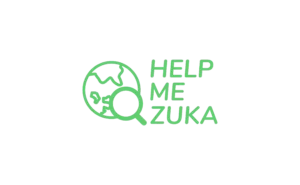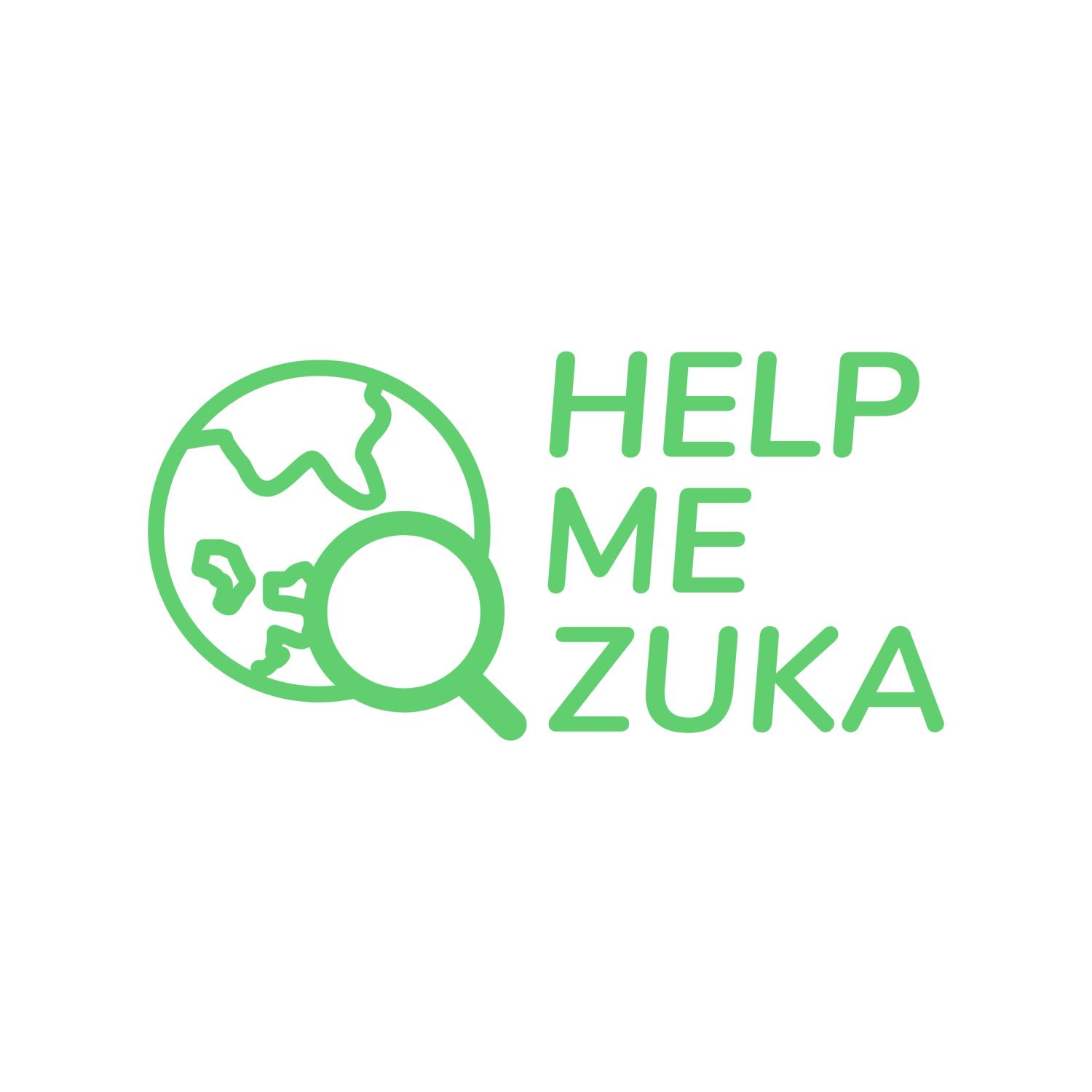Located on the northeastern coast of South America, Suriname, the smallest country on the continent, is a hidden gem waiting to be discovered by brave travelers. This article will explore its rich mix of cultures, history, and the current situation. The objective is to give you insights to decide if Suriname is worth visiting.
The country has evolved from a Dutch colony to an independent nation, creating a blend of European, Creole, Indonesian, and indigenous influences. These influences can be seen in its architecture, language, food, and customs.
For adventurers, Suriname has an extensive landscape of rainforests, rivers, and diverse wildlife. The country is home to expansive nature reserves, such as the Central Suriname Nature Reserve, where travelers can hike, join bird-watching expeditions, and discover the vibrant culture of Paramaribo, the capital city.
Without further ado, let’s start the exploration of this country and find out if is Suriname worth visiting for you. Let’s go!!
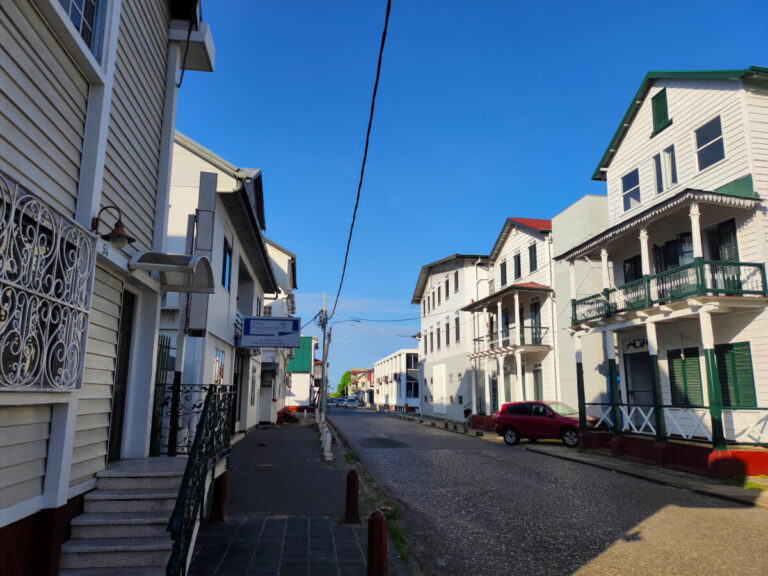
Table of Contents
A bit of History
If you would like to learn a bit of the history of the country, stay in this section, where you will learn an overview of Suriname’s most important historical facts. If you are not interested in history, click here to skip to the next section.
Suriname’s history begins with the indigenous peoples who inhabited the region long before European contact. The Arawak and Carib tribes were the primary inhabitants, relying on agriculture and fishing for their survival. Dutch explorers arrived in the early 17th Century, establishing contact with the indigenous peoples.
The charted company of merchants Dutch West India took control of Suriname in the mid-17th Century, with the colony officially established in 1667 through the Treaty of Breda. Plantations were developed for sugarcane cultivation, leading to the importation of enslaved Africans to work there. This marked the beginning of a dark period in Suriname’s history, characterized by slavery, plantation economy, and conflicts with indigenous communities.
Maroom resistance and autonomy
Enslaved Africans rebelled against the harsh conditions, seeking freedom in the dense jungles of Suriname. The Maroons, as they came to be known, established independent communities and waged war against the Dutch. The most significant Maroon rebellion was the First Maroon War (1769-1776), resulting in a peace treaty that granted autonomy to the Maroon communities along the interior of the country.
During the Napoleonic Wars, the British occupied Suriname in 1799 for a short period of time. Though the Dutch regained control in 1802, the British reoccupied the colony in 1804. Under British rule, the colony prospered economically, but the return to Dutch control in 1816 led to economic decline. Slavery was officially abolished in Suriname in 1863, with the enslaved gaining their freedom but being forced to work on plantations for an additional ten years.
Dutch rule and Independence
The arrival of laborers from India and Java in the late 19th and early 20th centuries added another layer to Suriname’s diversity. The Indo-Surinamese and Javanese communities brought their languages, religions, and culinary traditions, creating a mix that is evident in Surinamese cuisine and religious practices.
Suriname remained a Dutch colony until gaining autonomy in 1954 and complete independence on 1975. The post-independence era saw political and economic challenges. The 1980s witnessed a period of military rule, marked by a coup in 1980. Returning to democratic governance occurred in the 1990s, leading to better stability and socio-economic development.
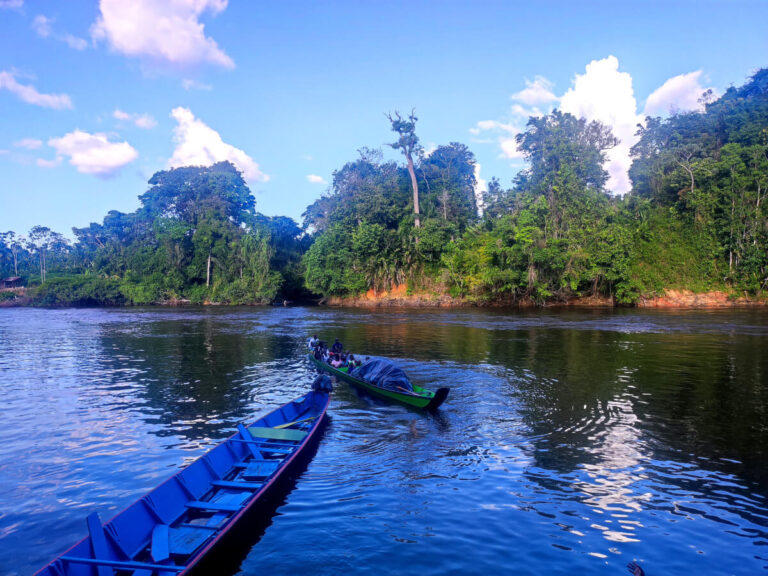
What to expect?
Suriname is currently facing economic challenges, facing high inflation. The cost of living for a tourist is low, groceries and food in restaurants are not so expensive with a few exceptions. The biggest cost of travelling to Suriname is the plane ticket, accommodation is also not costly. The other way of entering the country is by land from French Guyana or Guyana.
Expect to be surprise by the amount of nature in the country: 93% of Suriname is lush forests. For those who enjoy hiking, there will be several places waiting for you to discover them.
Culturally the country is very diverse with a blend of European, African, Indonesian, Javanese and Indigenous cultures. It’s amazing to think how all of these cultures mixed, resulting on a very rich blend.
If you want to do things by yourself, using public transportation, a bit of patience is required. I found out that the “let me do my thing” way is exciting in Suriname but it can test your nerves due to the lack of organization in the country. Doing things by yourself is great because of the integration with the locals, which is also part of the experience traveling.
Expect difficulty in making payments. Cash is king, and a few places have the option to accept card payments, and when they do, it includes a commission that can vary from 3% to 6%.
How to get there?
Getting to Suriname is primarily by air or a mix of land and ferry crossing rivers. The most practical (and expensive!!) way to travel to Suriname is by air. Johan Adolf Pengel International Airport (PBM) near Paramaribo is the main international airport in the country. Direct flights to Suriname are less common than those to more widely visited destinations, so connecting flights may be necessary. There are direct flights from Belem, Brazil, to Paramaribo.
Suriname shares land borders with French Guyana, Guyana, and Brazil to the south. From Paramaribo, getting to Guyana by van with a ferry crossing the border at Molsen Creek and later another van ride to Georgetown is possible. You must call an agency and order a ride to Guyana for this border crossing. I ordered a ride with the Navin tour agency, and the experience with them was good.
Other transportation options are to share a taxi with more people or try public transportation. It will be cheaper, but this will test luck and patience. It would be best if you went to the bus station very early in the morning to secure a spot on the bus.
The process is similar if you plan to go to French Guyana. From Paramaribo, you need to arrange a ride to Albina, and from there, hop on a boat to enter the country.

Thinking about flying to Suriname? Check flight options on Kiwi, it's my favorite way to book plane tickets:
Surinamese culture
The Surinamese culture is one of the most diverse I have ever seen since I started traveling!! It’s a rich cultural heritage shaped by Indigenous, African, Indian, Javanese, Chinese, and European influences.
This blend of influences is reflected in the languages spoken in the country. While Dutch is the official language, many people speak Sranan Tongo. Other languages coexist in Suriname, including Hindi, Javanese, and Mandarin.
Surinamese cuisine shows a variety of dishes like roti, pom, and moksi meti (a mix of meats usually served with rice or noodles). Street food is in its infancy in the country, but several small, family-run businesses offer an immersive experience of its gastronomic heritage.
There are festivals and celebrations throughout the year, each rooted in the traditions of its diverse communities. The Hindu festival of Diwali, the Islamic celebration of Eid, and the Javanese New Year’s celebration, known as Srefidensi, are just a few examples of events that bring people together with their cultural identities.
Indigenous communities in Suriname contribute significantly to the country’s artistic landscape. Traditional crafts, including woodcarvings, woven baskets, and pottery, show the skills passed down through generations.

Safety (My take)
Like any other country, Suriname has its own safety issues. However, in my three weeks there, I felt no danger while doing various activities. I explored the center of Paramaribo during the day, walking around Fort Zeelandia in the evening, taking public transportation to Brownsweg, and taking boat rides with locals to the Maroom villages.
I didn’t go out partying in the nightlife but went to several restaurants in the evenings for dinner. I took taxis that passed by a couple of crowded bars a couple of times, and they all looked normal.
During my stay I heard a few stories of people getting robbed but nothing like violent crimes taking place. I don’t think the country is crime-free, but I didn’t feel the danger I felt in other cities I had visited.
In Paramaribo, the centrum neighborhood and the area near the Central Market and Fort Zeelandia felt safer than other parts of the city.
So my take is that Suriname is worth visiting and it is safer than Brazil and Ecuador, where people constantly tell me areas to avoid and things to not do to avoid issues.
In my experience the best way to understand the safety in one specific place is talking to the locals. Talking to them in Suriname has shown me that the country’s safety is good enough to encourage people to explore it.
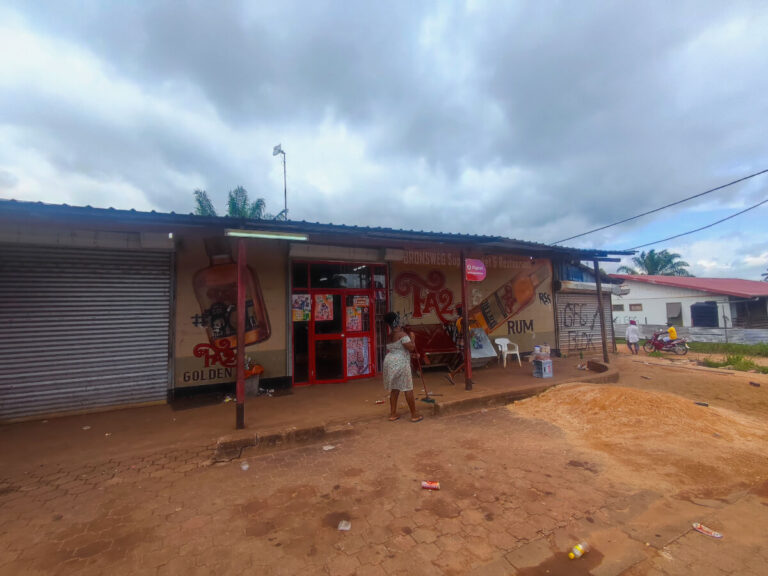
Activities in the country
In a country where lush forests cover more than 90% of its territory, most activities happen in nature. In Paramaribo, there are several activities like tours to coffee plantations, Dolphin spotting, and workshops that will help you understand more about their culture.
I wrote an article here about the most exciting activities available in the country. Suriname is a great country for those looking for adventurous activities and wanting to get into their culture.
For those simply looking for a place to relax, the Maroon villages and Paramaribo are resorts that can offer premium and relaxing experiences.
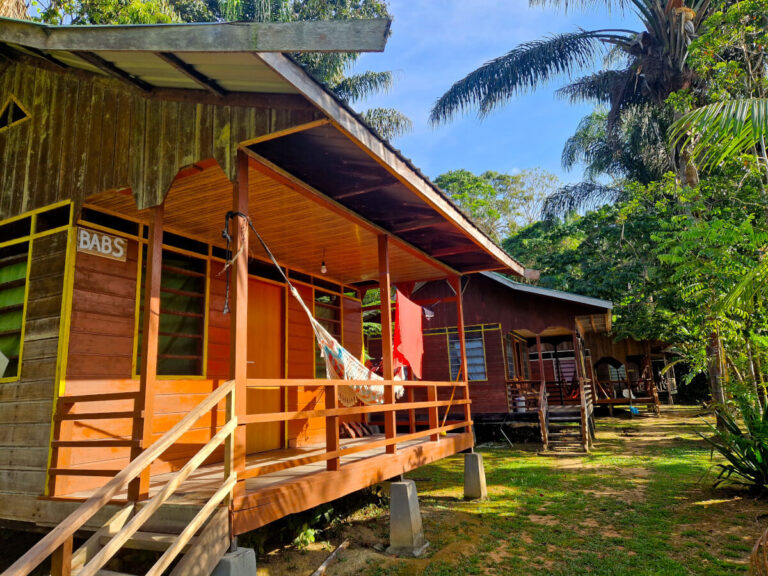
So is Suriname worth visiting?
Totally!! Suriname was one of the highlights of my travels while exploring South America. I loved the mix of cultures, the food, the people, and all the things the country could offer to me.
I wish the country’s infrastructure were better to depend less on locals and tour agencies to get things done. The advantage is that integration with the locals happens more often when you always need to ask them questions.
Since only a few agencies offer tours in the country, some tours can be costly. I wrote an entire guide about the Brownsweg adventure I did by myself. Doing this tour with an agency would be more expensive, and I would have explored only some of the places while being there.
Understanding more about the country’s history since the Dutch colonization was a knowledge that helped me know more about South America’s history. It is not comparable the experience of learning about a country’s history from locals than from information on the internet.
When putting all these facts together, I would say it is worth visiting Suriname. You will be delighted by the differences that separate the country from other South American countries and the unique result of the blend of cultures in it.
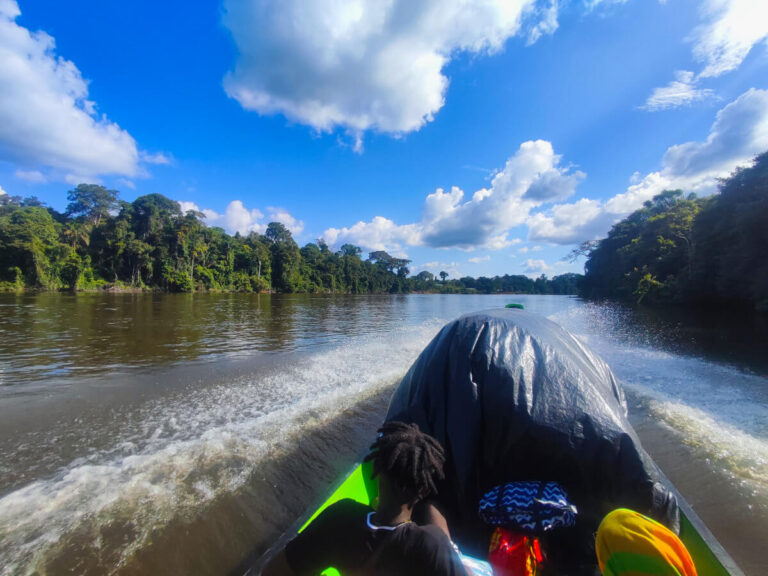
Recommendations
While staying in Paramaribo, I stayed in the Twenty4 Hostel. My stay was comfortable; they provided a simple but good Dutch-style breakfast. The kitchen is available for guests to use.
When leaving Suriname, I booked a ride with the Navin tour agency to drive me from Paramaribo to Georgetown. Here is their contact: +5978800206.
About Brownsweg and Brownberg Park, I wrote an article describing how I did this adventure by myself, having a lot of remarkable experiences and saving more money than doing it with an agency.
When booking tours in Paramaribo, my agency of choice was Jenny Tours. I was very satisfied with their services. They had a problem with one tour I booked (the guide felt sick), and they quickly found a solution after informing me.
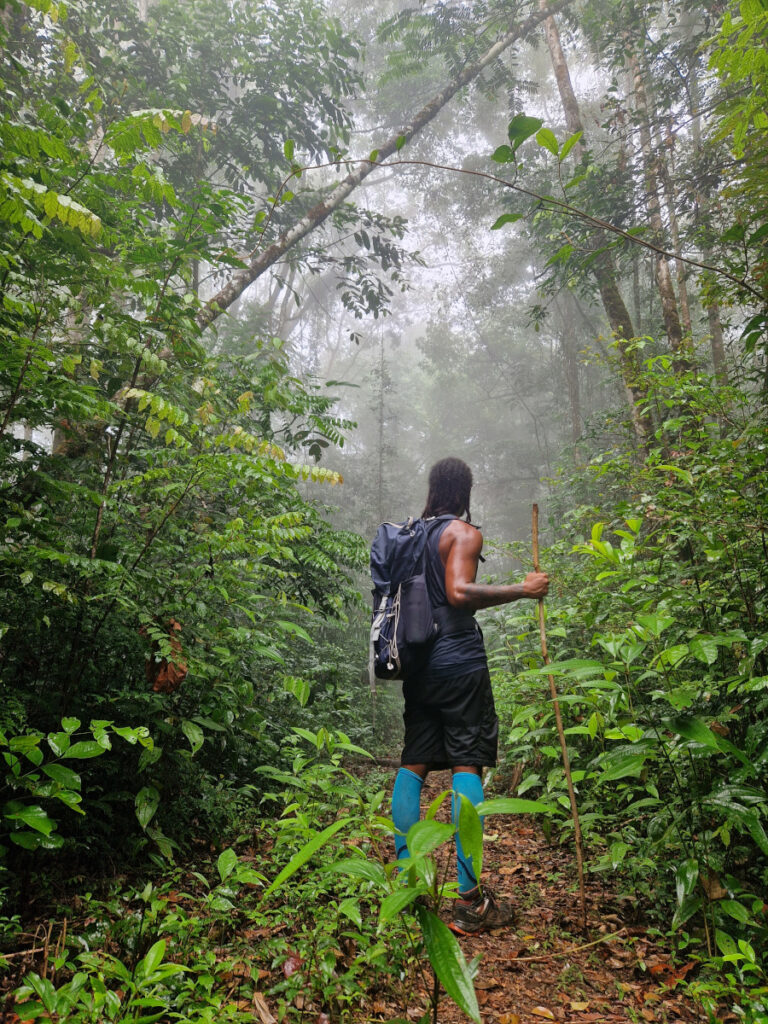
Conclusion
So, is Suriname worth visiting? Now that you have reached the article’s final, I hope you have a better idea about what to expect in the country.
If you want to dive deeper, this article lists things you should know before visiting Suriname. You will find tips there that I would love someone to tell me before entering the country.
See you all on the next adventure!! Bye!!
